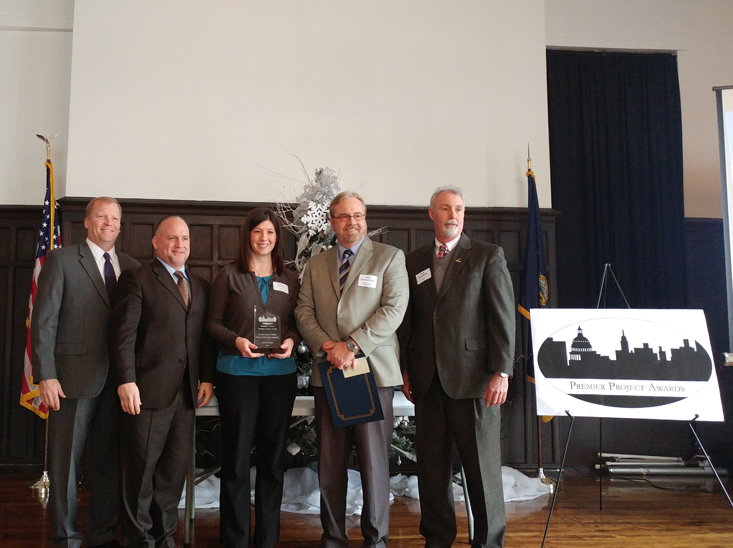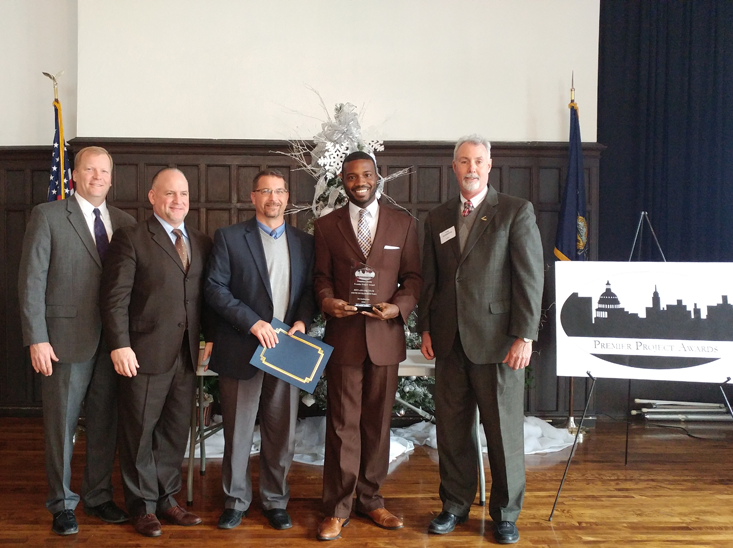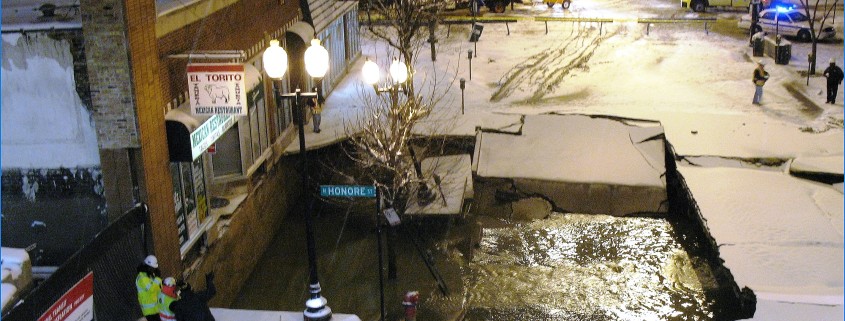How One Town Overcame Barriers to Address Aging Infrastructure and Enhance Economic Development

This article was published by Pennsylvania Municipal Authorities Association in the August 2017 issue of their magazine, The Authority.
Construction equipment has become a familiar sight to the residents of Middletown Borough in recent years. New businesses are popping up alongside historic buildings in the borough’s downtown business district – thanks, in large part, to a major revitalization effort spearheaded by local government officials.
And it all began by replacing the area’s water and sewer facilities.
The success of Middletown’s revitalization effort illustrates the key role infrastructure plays in building and sustaining great communities. Borough officials and local business leaders wanted to enhance economic development by attracting new businesses to downtown Middletown, but water and sewer problems threatened to kill the success of their efforts before they’d begun. Many communities could’ve seen their dreams derailed by an obstacle like this, but the borough persevered because of strategic planning and the collective effort of a community united behind a common goal. The borough’s story illustrates how communities can overcome barriers and successfully address aging infrastructure in order to enhance economic development.
Aging Infrastructure Presents a Barrier to Development
The Borough of Middletown has the distinction of being the oldest community in Dauphin County. The town was first laid out along the Susquehanna River and Swatara Creek before the Revolutionary War, and brick sewers in the historic downtown area were first installed not long after the Civil War.
Unfortunately, the sanitary sewer and water facilities located in the downtown business district were not supporting current demand (and they certainly weren’t adequate to meet the demands of new development). The condition of the assets were a risk to the downtown revitalization efforts. In addition, cross-connections between the sanitary sewer system and the storm sewer system led to surcharging and sanitary sewer back-ups.
These challenges made it hard to keep existing businesses downtown and attract new ones. In addition, the borough was planning a streetscape project that would place numerous aesthetic improvements directly above the aging water and sewer facilities. The community did not want to see their investment in these improvements threatened by excavation to repair the sewer and water facilities soon after construction was complete.
Water and Sewer Improvements Lay the Foundation for Future Development
Borough officials asked Herbert, Rowland & Grubic, Inc. to design upgrades to the water and sewer facilities in the heart of its downtown business district (along South Union Street from Spring Street to Ann Street). This project was to be the first phase of its downtown revitalization plan. It included:
- Replacing deteriorated brick sanitary sewer mains with 1,467 feet of new PVC sanitary sewer main
- Eliminating hydraulic “bottle-necking” that restricted sewer flows to the Mill Street Interceptor
- Replacing 7 deteriorated manholes with new precast concrete manholes
- Replacing 44 sewer laterals
- Designing and replacing 2,042 feet of water main
- Replacing 4 hydrants
- Installing 14 valves to isolate future maintenance work as the community continues to upgrade its water infrastructure and to allow for future fire system services to new businesses
HRG began design work in 2013, and construction was complete in 2014. They accelerated the project schedule to reduce stress to the existing local businesses. With the risk of failing water and sewer facilities mitigated, Middletown could begin Phase II of its revitalization effort: improving the streetscape (with new decorative paving, curbing, sidewalks, and street trees) and providing traffic calming devices to promote pedestrian access to the businesses.

New sanitary sewer manhole
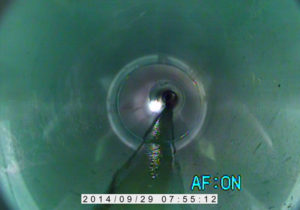
New sanitary sewer
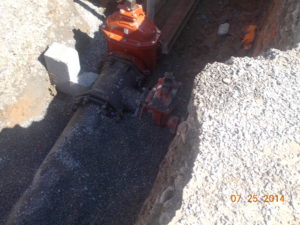
New water main and valves
The Community Comes Together to Make This Project a Success
Efforts to revitalize the downtown business district had generated excitement in the community. Local leaders, business owners, and residents understood that these infrastructure upgrades were vital to attracting new business to the area, and they embraced the investment this project would require.
The former Middletown Borough Authority, the borough, and the Middletown Borough Industrial and Commercial Development Authority led the revitalization effort and engaged the public throughout the process. They held numerous meetings with the public and with local stakeholders to communicate the vision and direction of the project. The project team worked extensively with the owners of local businesses along South Union Street, soliciting their ideas and accommodating special events to minimize disruption to business activity.
Thanks, in part, to these open lines of communication, the project team was able to maintain water and sewer service to the existing businesses in the area throughout the project (despite having a confined working area due to the presence of numerous other utilities).
The engineers also coordinated extensively with other project partners to ensure a smooth transition from Phase I (water and sewer improvements) to Phase II (streetscape enhancements). For example, they coordinated extensively with the streetscape design team to ensure that the water and sewer improvements would not conflict with proposed streetscape facilities, and they worked closely with the landscape architect to ensure that above-ground features like hydrants and manhole covers were installed at locations that would not impact the streetscape visual design concepts. This saved the borough money and ensured that above-ground features would not have to be relocated during Phase II to achieve the aesthetic goals of the streetscape enhancements.
Detailed records about the location and depth of sewer laterals by HRG’s resident project representatives during construction of Phase I provided further cost savings. This information was used for deciding the depth of stormwater facilities in Phase II, reducing design fees in that phase. It also prevented costly change orders that often come from unknown utility locations.
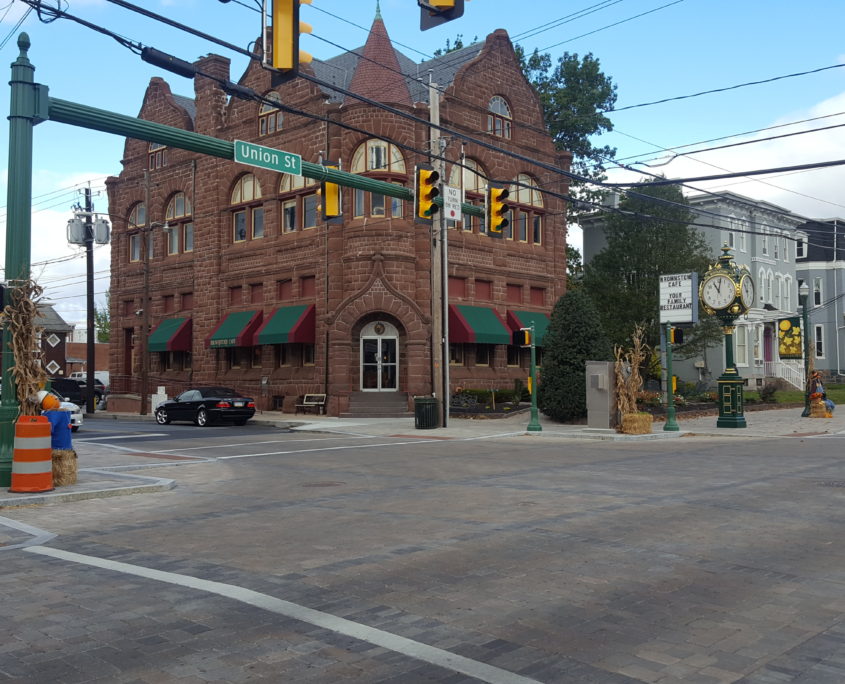
The Improvements Begin to Generate New Development Interest
It didn’t take long for all of this activity to generate interest from developers and business owners in opening new ventures in the area. While the project was in its construction phase, a developer proposed a 100-room hotel with retail space on the first floor just a block away from downtown. The developer also expressed an interest in working with the team behind the streetscape design to develop other projects in the area. He specifically mentioned the downtown revitalization efforts as one of the factors in his decision to invest in the area.
Patrick Devlin of the Tattered Flag Brewery and Still Works also mentioned the flurry of activity downtown as a factor in choosing to locate his business in the old Elks Building. The brewery opened in December 2016 and was recently named the New Business of the Year by the Harrisburg Regional Visitors Bureau.
Business investment like this is expected to continue in Middletown and the surrounding communities. The new sewer infrastructure mitigated a known risk, increased efficiency, and gave the borough additional capacity for the anticipated development.
The water and sewer improvements were completed two weeks ahead of schedule and almost $400,000 under budget. This new infrastructure proved to have a much lower maintenance and operations cost than the aging infrastructure it replaced, and it has drastically reduced infiltration and inflow into the system. During an early phase of design, engineers found and eliminated a cross-connection between the aging sanitary sewer and the borough’s storm sewer system. By eliminating this cross-connection, they were able to prevent approximately 500,000 gallons of stormwater from entering the sewer system during a typical rain event. In fact, since the project was completed, the system has not experienced a single sanitary sewer overflow, and no sewer back-ups have been reported along North Union Street. (You can read more about the correction of this cross-connection here.)
Investing in a project of this magnitude is hard for many communities, but Middletown’s story shows it is possible and the benefits are wide-ranging. When well planned and executed, updated infrastructure lowers maintenance and operations costs, enhances the quality of service to a system’s customers, and helps to attract growth and investment in the community. When citizens and business owners join forces with the local government and think creatively, the seemingly impossible task of upgrading our aging infrastructure while promoting economic development becomes possible!
 Josh Fox, P.E., is the regional manager of water and wastewater services in HRG’s Harrisburg office. He is responsible for the completion of studies, designs, and construction contract administration for a wide variety of water and wastewater treatment facilities. He served as project manager for these water and sewer improvements in Middletown, which were honored by Dauphin County in 2017 with a Premier Project Award.
Josh Fox, P.E., is the regional manager of water and wastewater services in HRG’s Harrisburg office. He is responsible for the completion of studies, designs, and construction contract administration for a wide variety of water and wastewater treatment facilities. He served as project manager for these water and sewer improvements in Middletown, which were honored by Dauphin County in 2017 with a Premier Project Award.

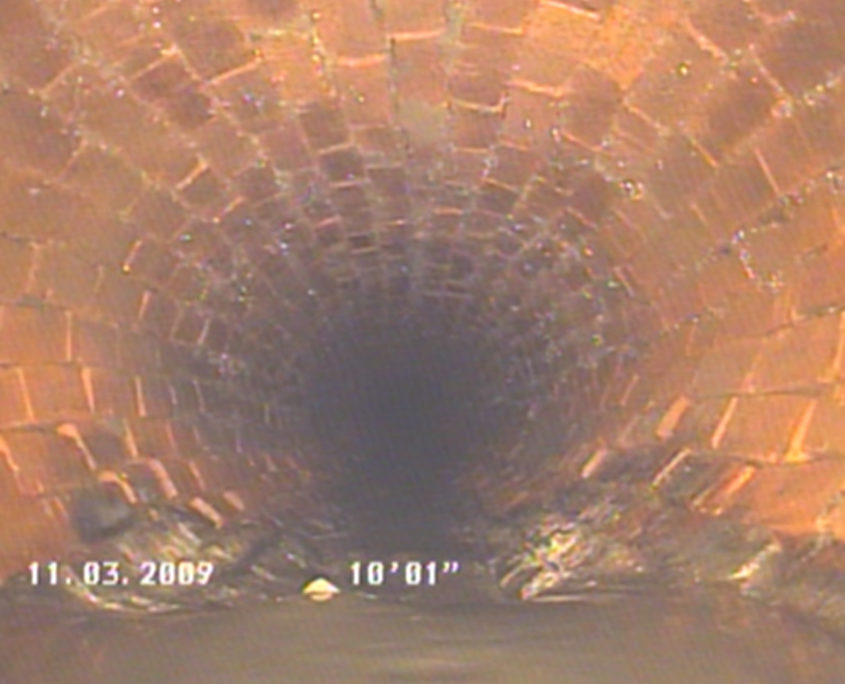
 The Central Penn Business Journal named Adrienne Vicari to its 23nd annual
The Central Penn Business Journal named Adrienne Vicari to its 23nd annual  This dedication extends outside the office to the Central Pennsylvania community, as well. Adrienne encourages young people to achieve success in science, technology engineering, and math related fields by participating in STEM-related events like the “Introduce a Girl to Engineering Day” at the Whitaker Center. She also serves as a board member with the Girl Scouts in the Heart of Pennsylvania organization and takes part in their annual STEM expo. In addition, she coaches Central Penn Mini Sticks field hockey and a Cumberland Valley softball 10U team.
This dedication extends outside the office to the Central Pennsylvania community, as well. Adrienne encourages young people to achieve success in science, technology engineering, and math related fields by participating in STEM-related events like the “Introduce a Girl to Engineering Day” at the Whitaker Center. She also serves as a board member with the Girl Scouts in the Heart of Pennsylvania organization and takes part in their annual STEM expo. In addition, she coaches Central Penn Mini Sticks field hockey and a Cumberland Valley softball 10U team.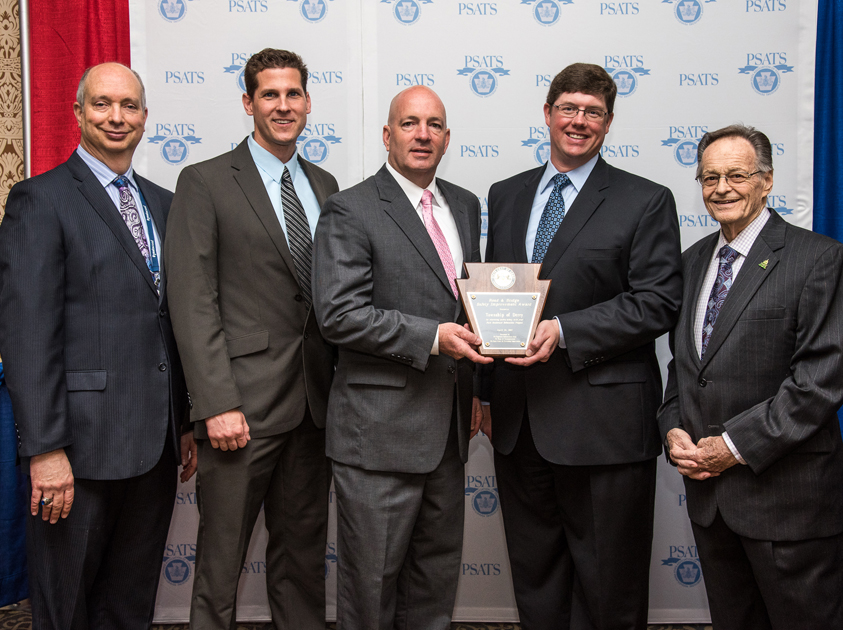
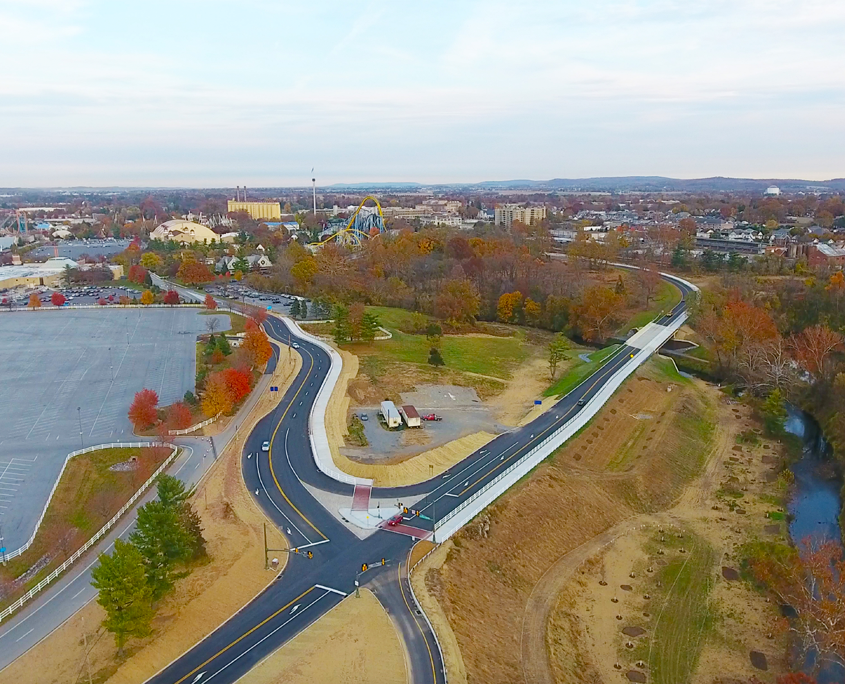
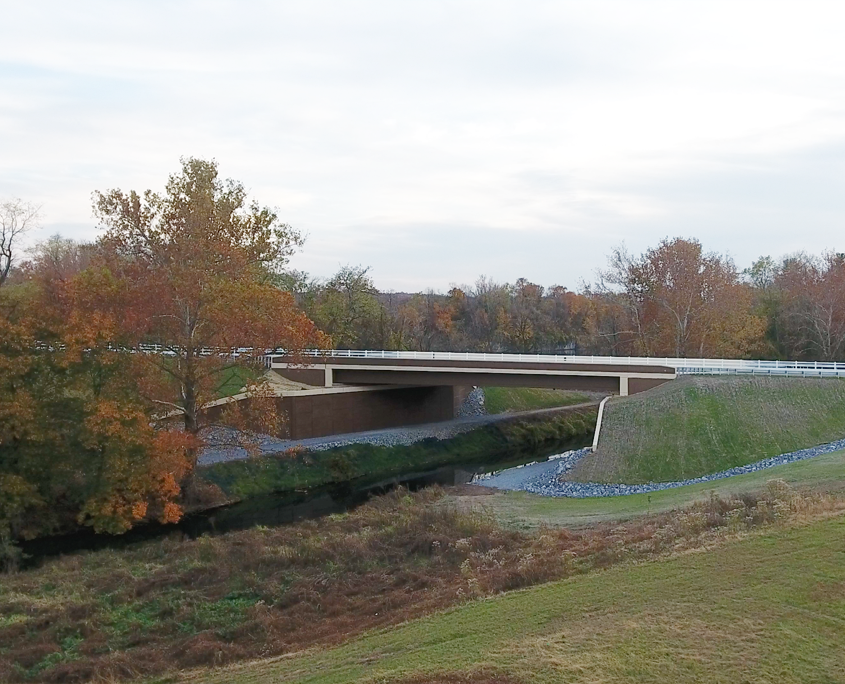
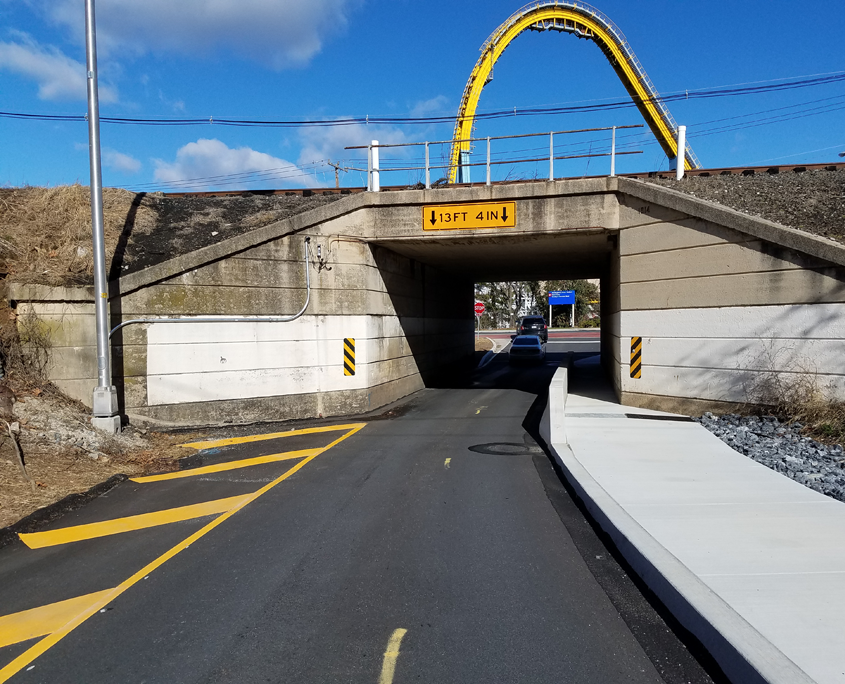
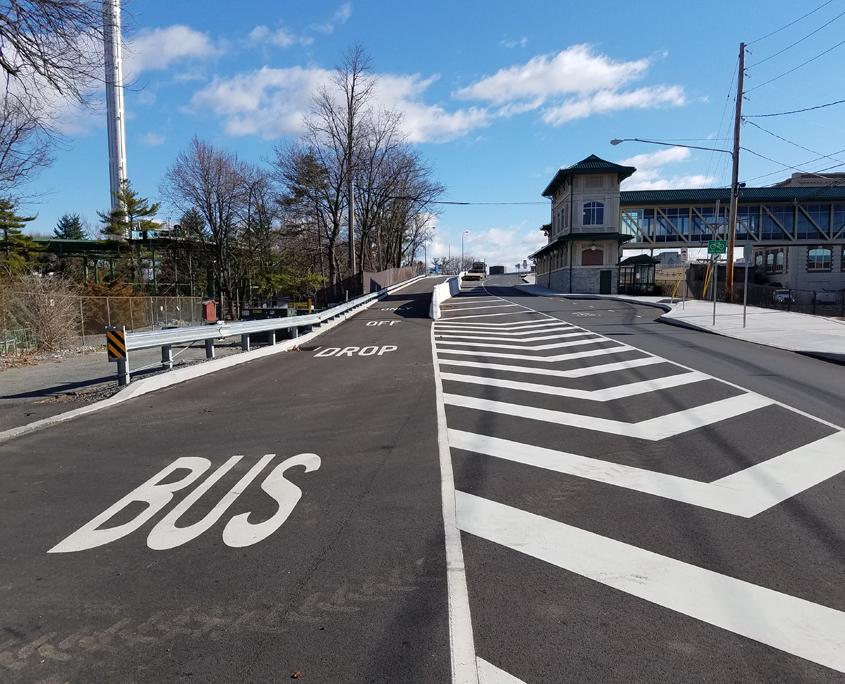

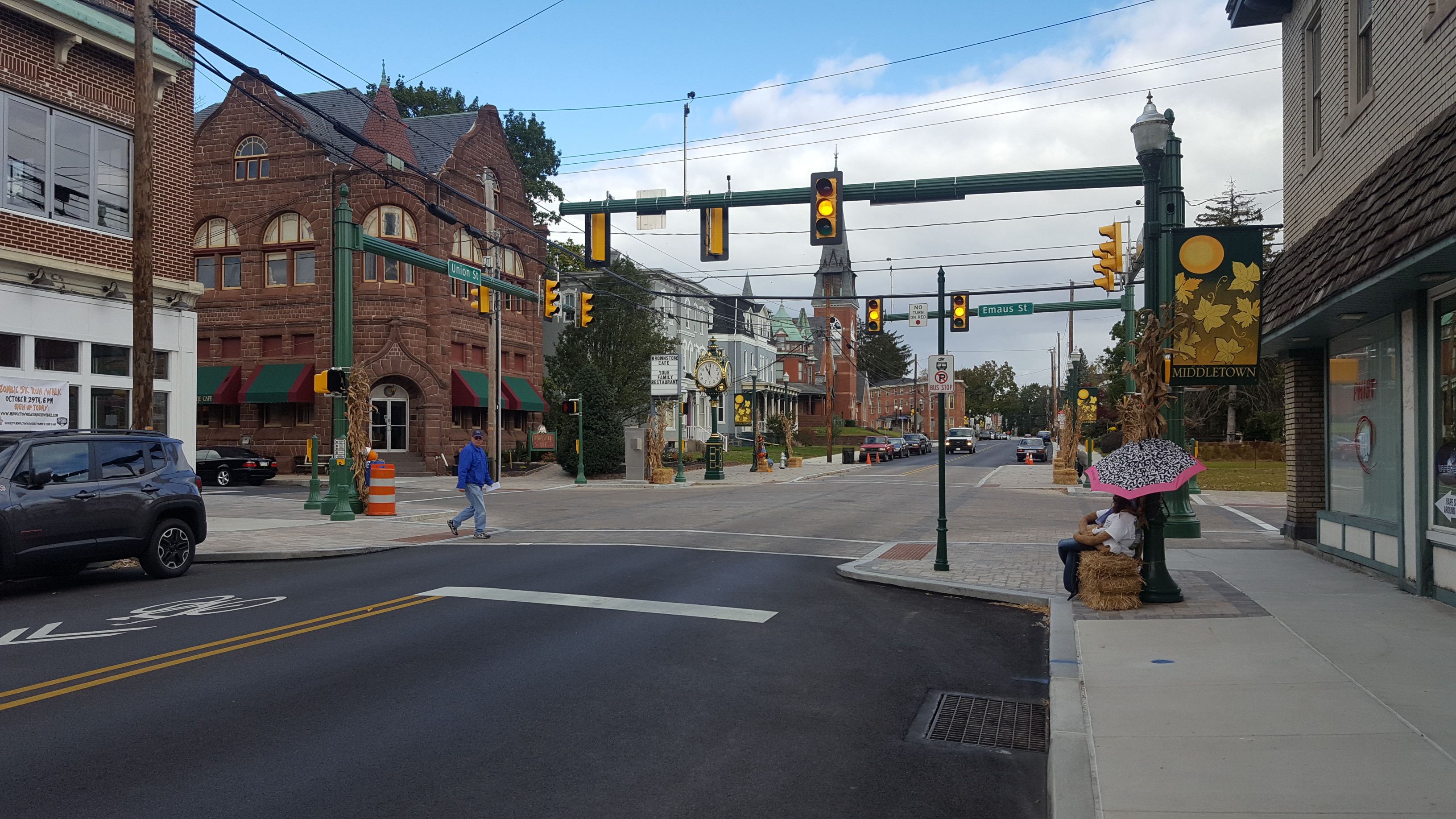
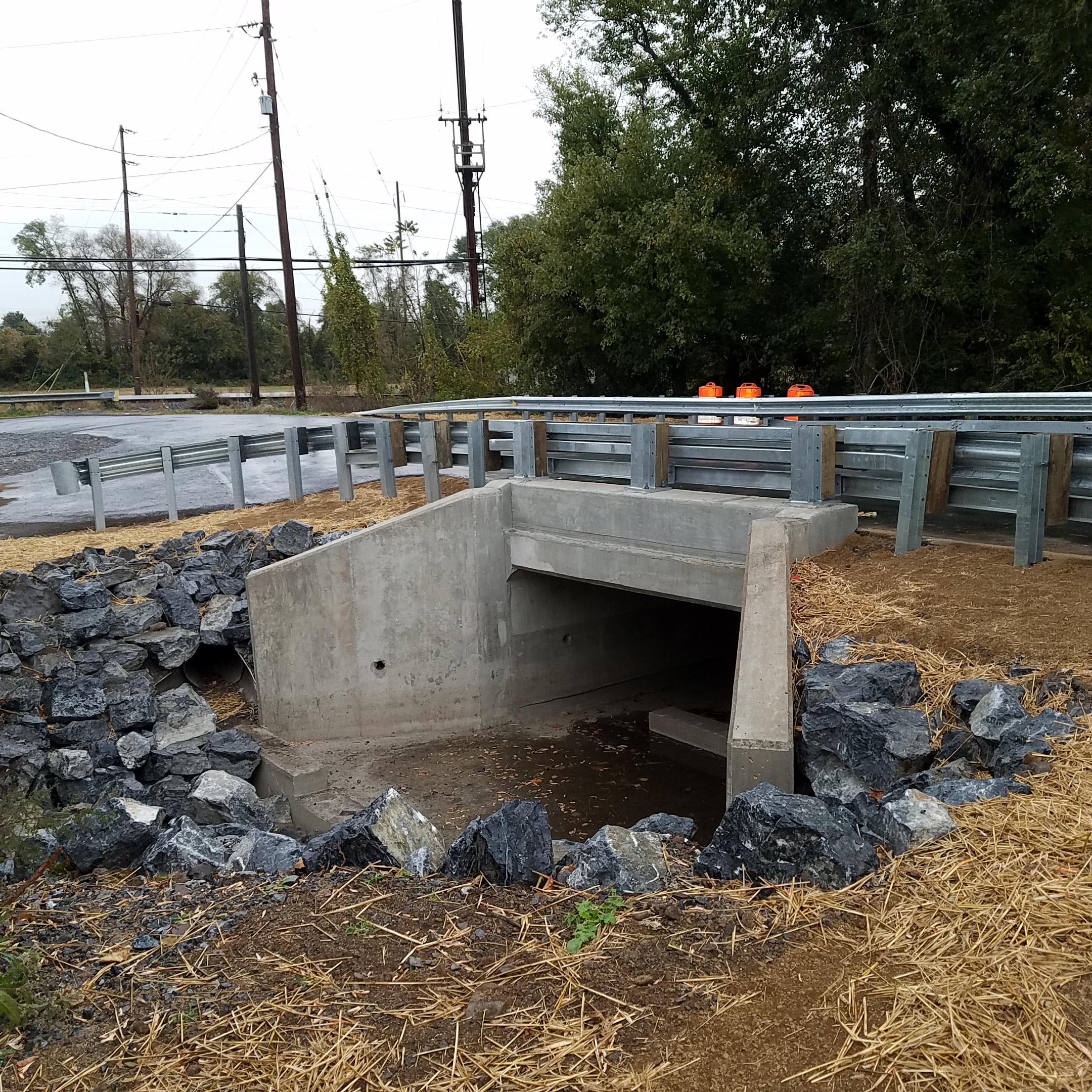
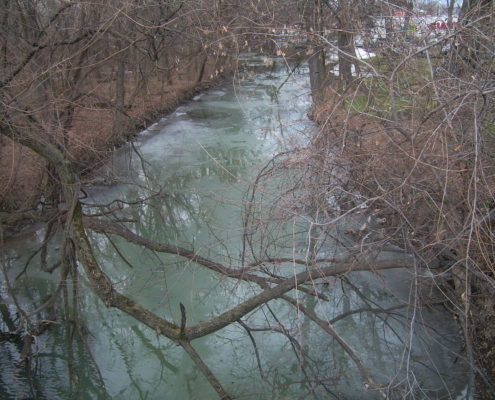 HRG is partnering with
HRG is partnering with 